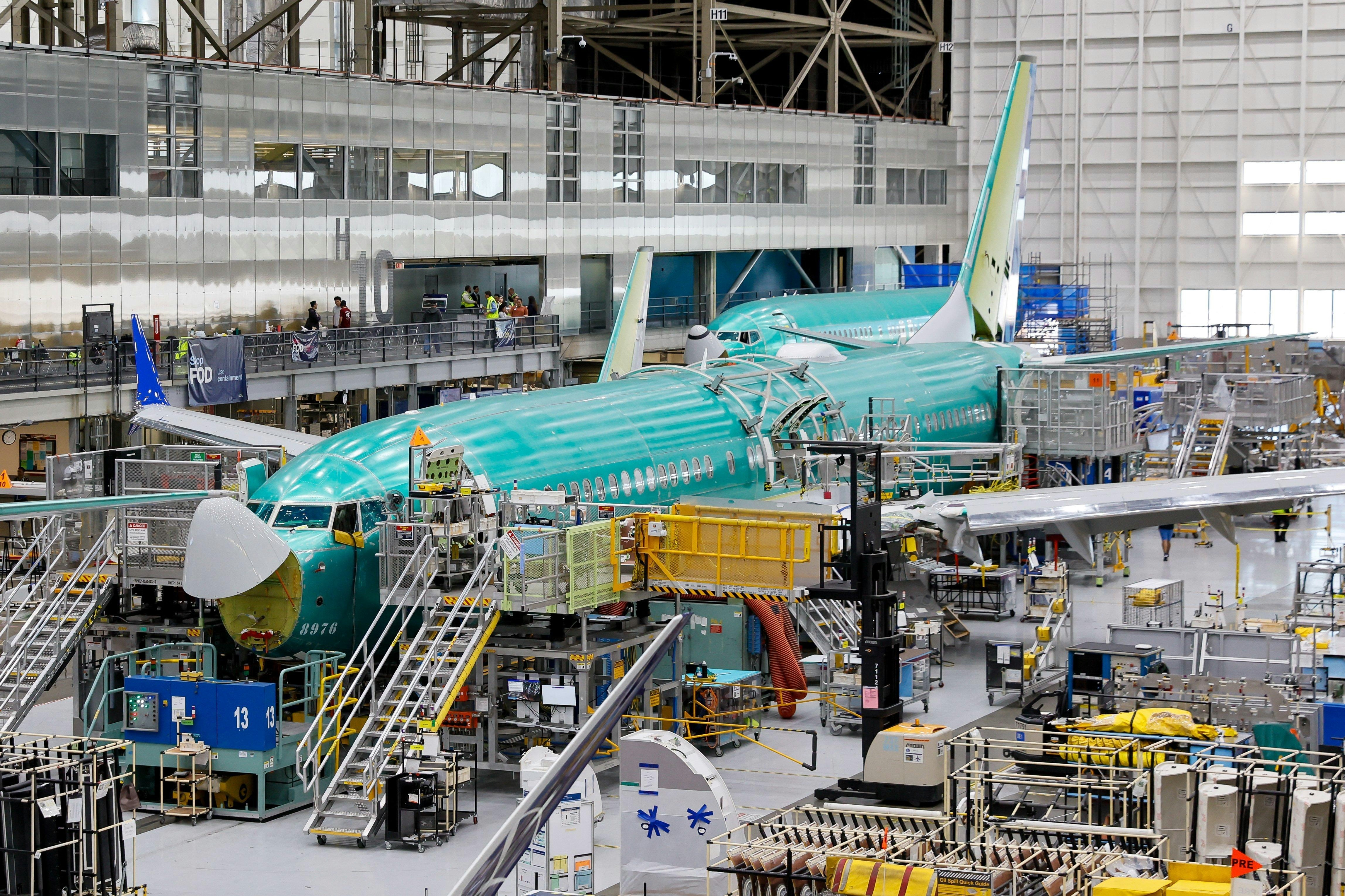
AeroGenie — Votre copilote intelligent.
Tendances
Categories
Air India Crash Highlights Systemic Issues at Boeing, CEO Ortberg Faces Pressure to Act
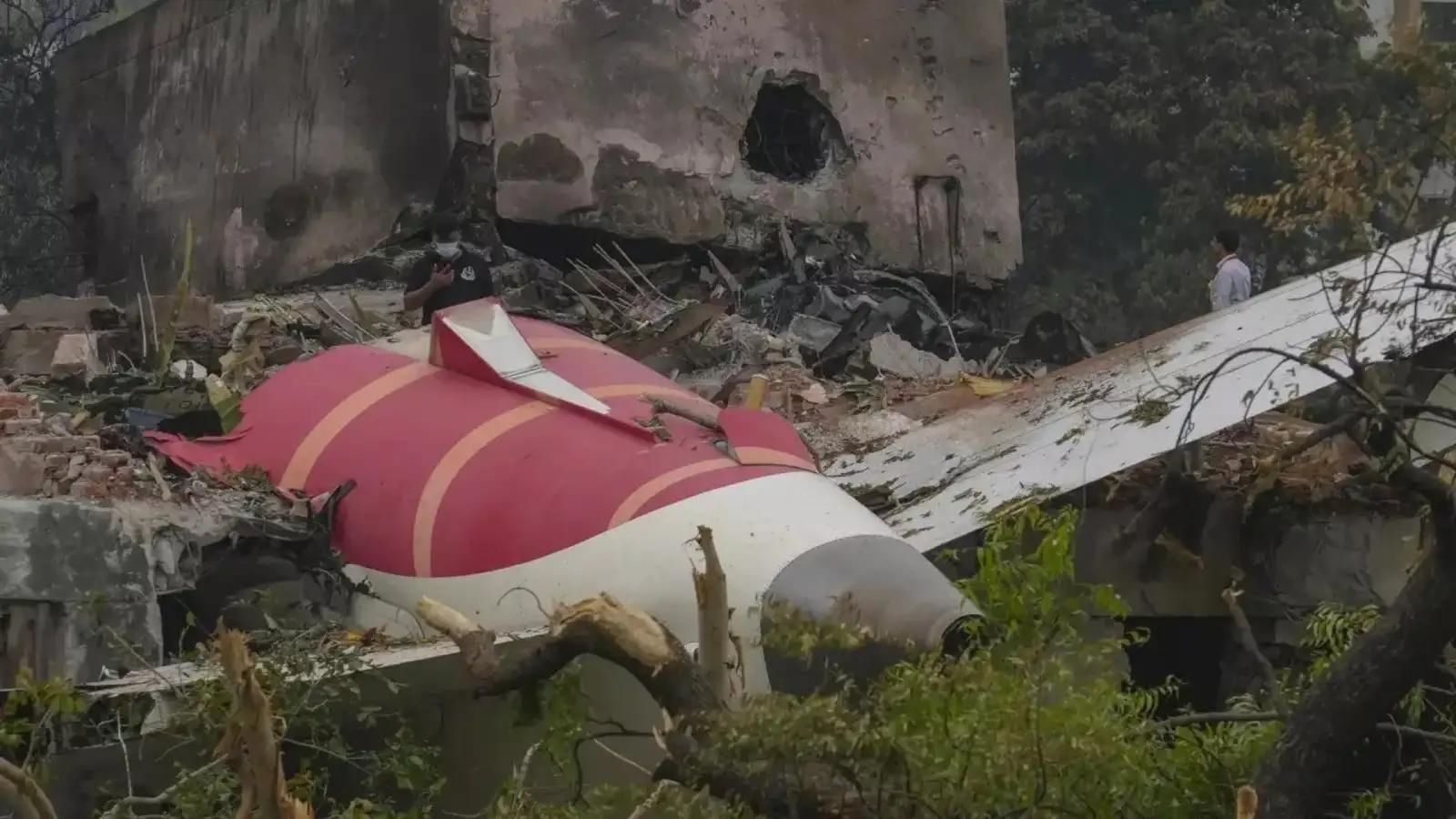
Air India Crash Exposes Deep-Seated Challenges at Boeing Amid Rising Pressure on CEO Ortberg
The recent crash of Air India flight 171, a 14-year-old Boeing 787-8 Dreamliner, has cast a harsh spotlight on Boeing’s ongoing struggles with safety and quality control. The tragic accident, which claimed 241 of the 242 people on board along with at least three dozen casualties on the ground, occurred just two kilometers from the airport, mere days before the Paris Air Show was set to begin. The disaster not only marks the first fatal crash involving a 787 Dreamliner but also arrives at a critical juncture for both Boeing and Air India, intensifying scrutiny of Boeing’s engineering practices and corporate governance.
A Setback Amid Boeing’s Attempted Recovery
Boeing had approached the Paris Air Show with caution, opting for a subdued presence that reflected the company’s recent difficulties, including safety crises, quality lapses, and criminal investigations following the 737 MAX disasters and the COVID-19 pandemic. The Air India crash has abruptly disrupted these efforts, prompting Boeing CEO Kelly Ortberg to cancel his attendance and leading General Electric, the manufacturer of the aircraft’s GEnx engines, to withdraw from scheduled briefings. Several media events were either downplayed or canceled altogether as the company grappled with the fallout.
Dramatic footage of the crash revealed the 787 struggling to gain altitude after a prolonged takeoff run, with the pilot’s Mayday call citing power issues with the engines. This incident has reignited calls from some quarters for regulators to ground the 787 fleet, a move that would further complicate Boeing’s recovery. The 787 program itself has been plagued by challenges since its inception, including the well-documented battery fires in 2013 that led to a temporary global grounding. The latest tragedy underscores persistent systemic issues within Boeing’s design and production processes.
Regulatory and Industry Implications
The Federal Aviation Administration (FAA) has already taken steps in response to ongoing concerns by ordering Boeing to reinspect all 787 aircraft still in production and to formulate a comprehensive plan addressing the in-service fleet. The Air India crash amplifies the urgency of these measures and places additional pressure on Ortberg to demonstrate decisive leadership in restoring confidence in Boeing’s engineering standards and oversight mechanisms.
For Air India, the crash represents a severe blow to its Vihaan.AI transformation initiative, which seeks to elevate the airline to a “world-class global airline” within five years. Beyond the immediate human and operational toll, the disaster raises broader questions about the safety culture and quality assurance practices at one of the world’s largest aircraft manufacturers. As investigations proceed, both Boeing and Air India face mounting demands from regulators, customers, and the public to confront entrenched problems and prioritize safety above all else in their pursuit of recovery and growth.
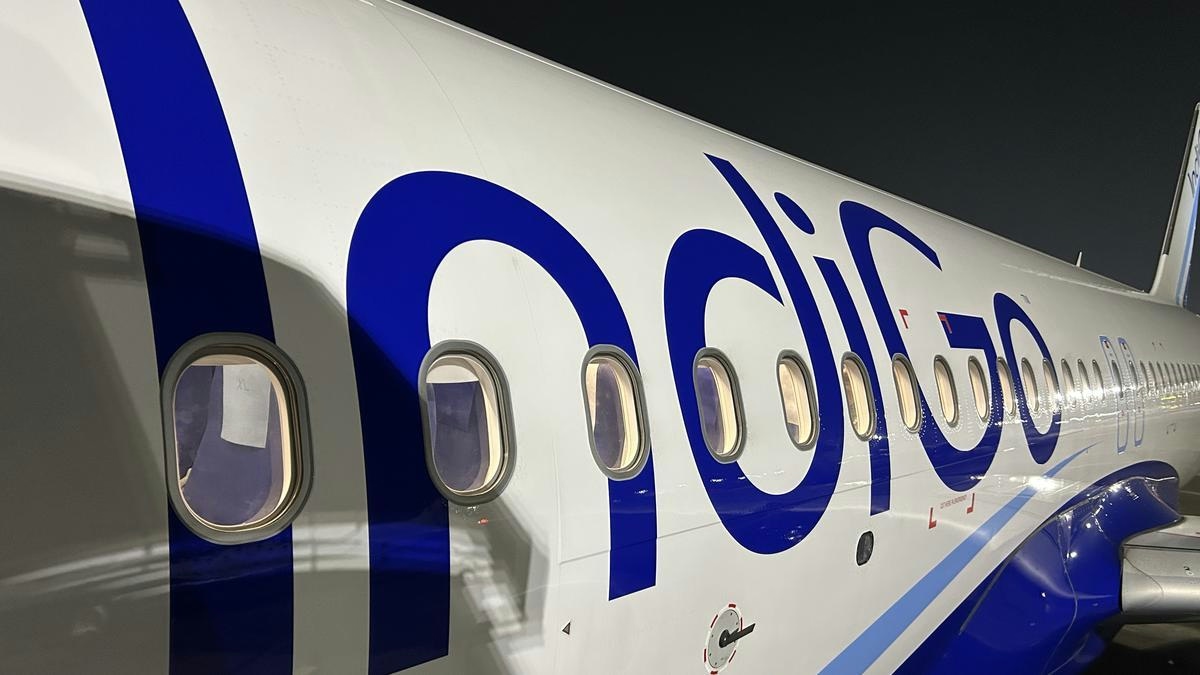
IndiGo to Deploy Wide-Body Aircraft on Vijayawada-Hyderabad Route, Says MP
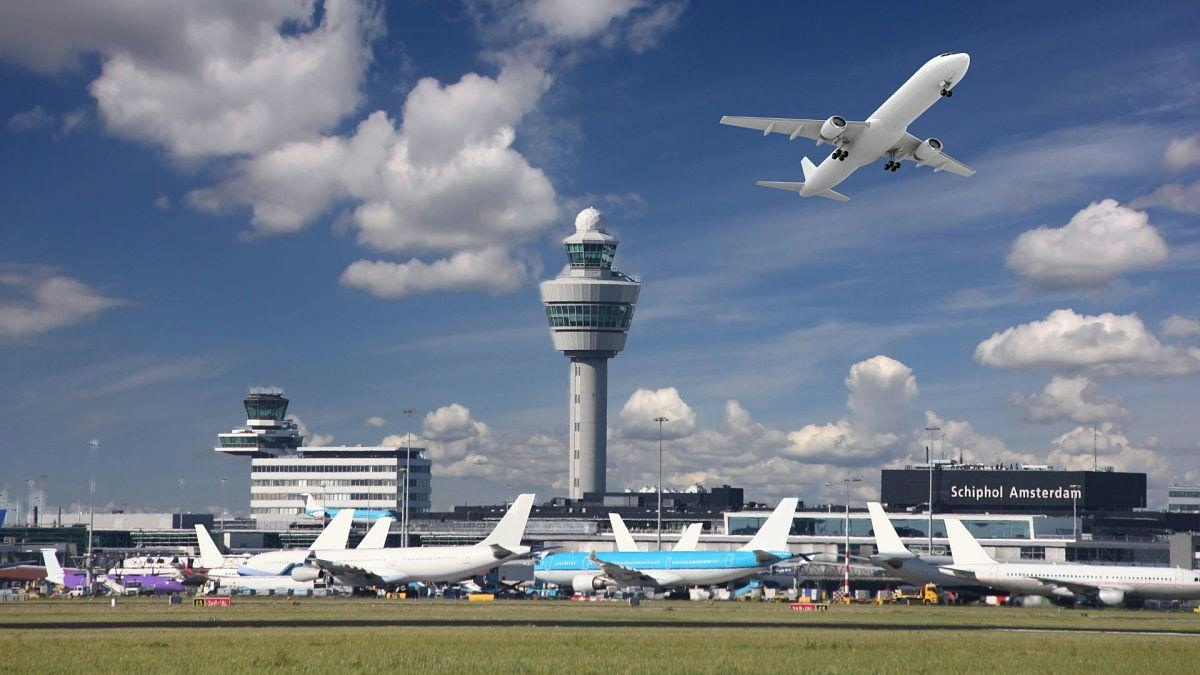
Europe Unveils New Aviation Strategy to Promote Cleaner, Faster Flights
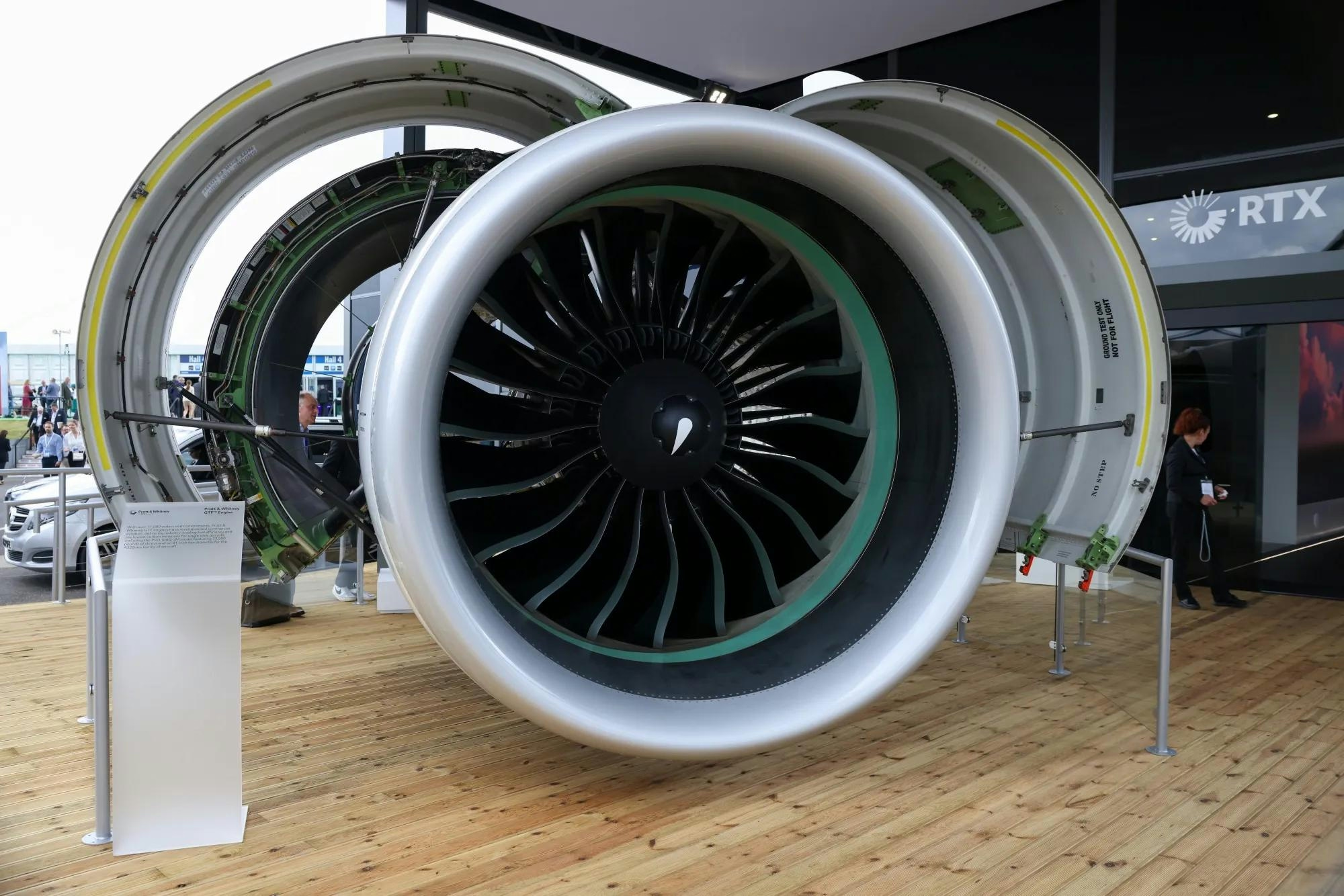
Spirit Signs Agreement with Pratt & Whitney Units on Aircraft Engines

ADB SAFEGATE Receives Industry Awards for Marketing, R&D, and Social Impact

GA Telesis Secures Five-Year Landing Gear Overhaul Agreement with Major U.S. Carrier
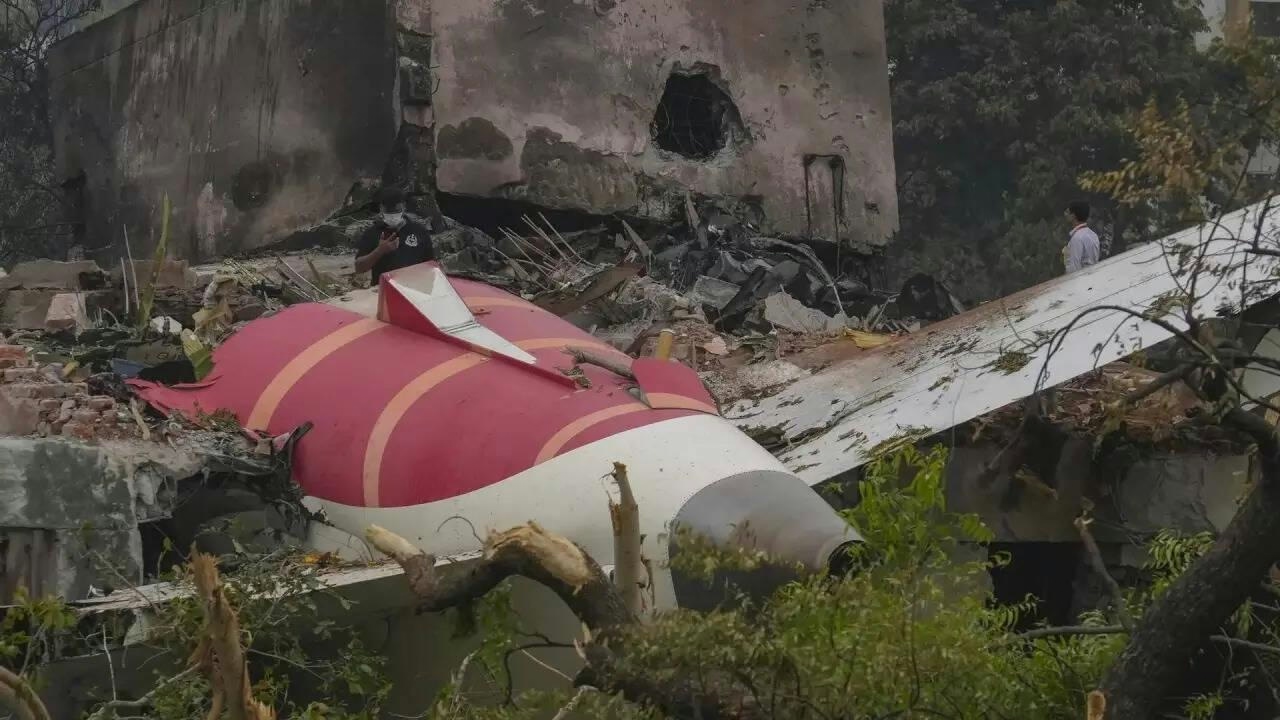
Government Strengthens Aviation Safety Framework Amid AI-171 Investigation
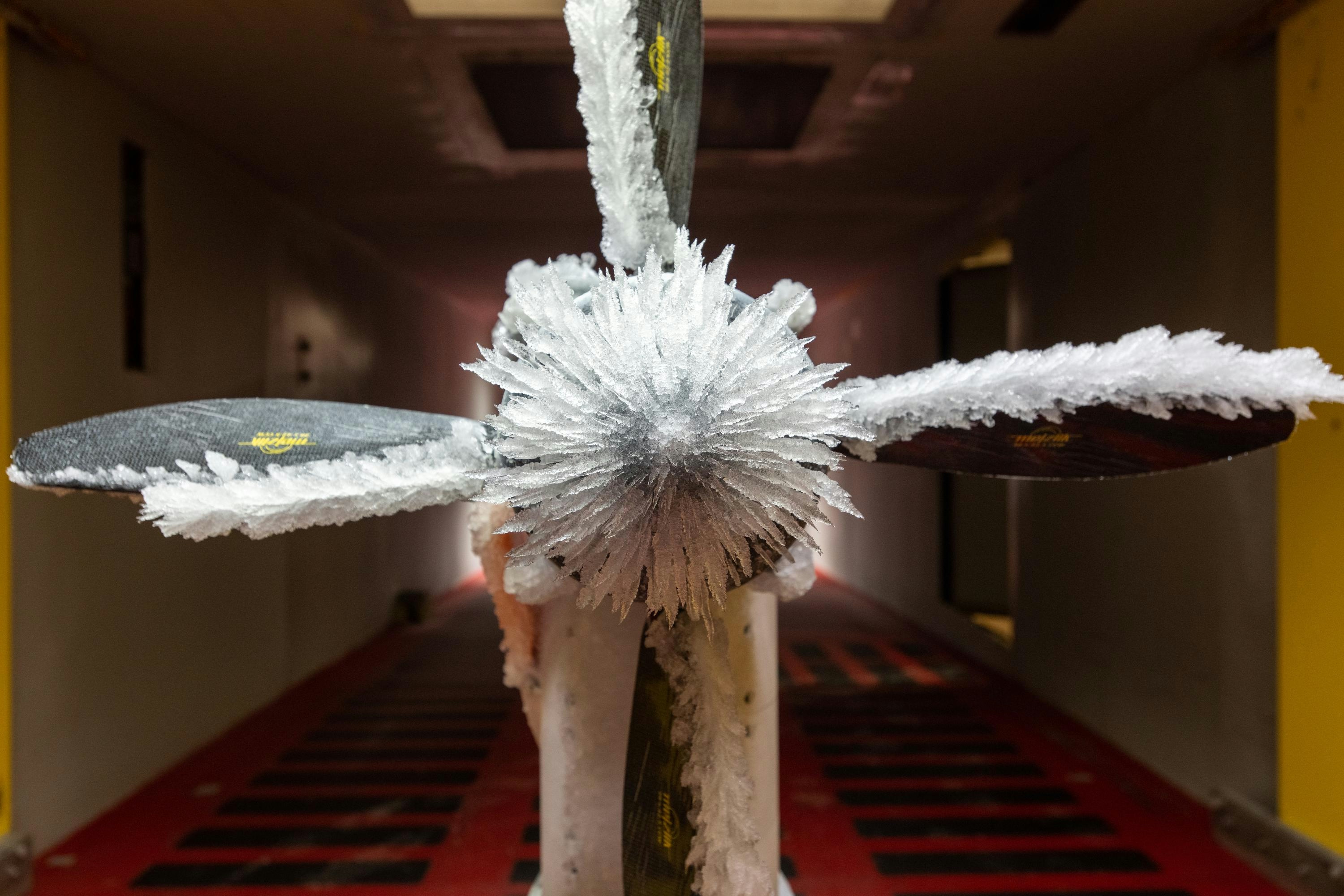
NASA Software Raises Bar for Aircraft Icing Research

Dans and Emirates Aviation University Partner on AI Air Traffic Management Research
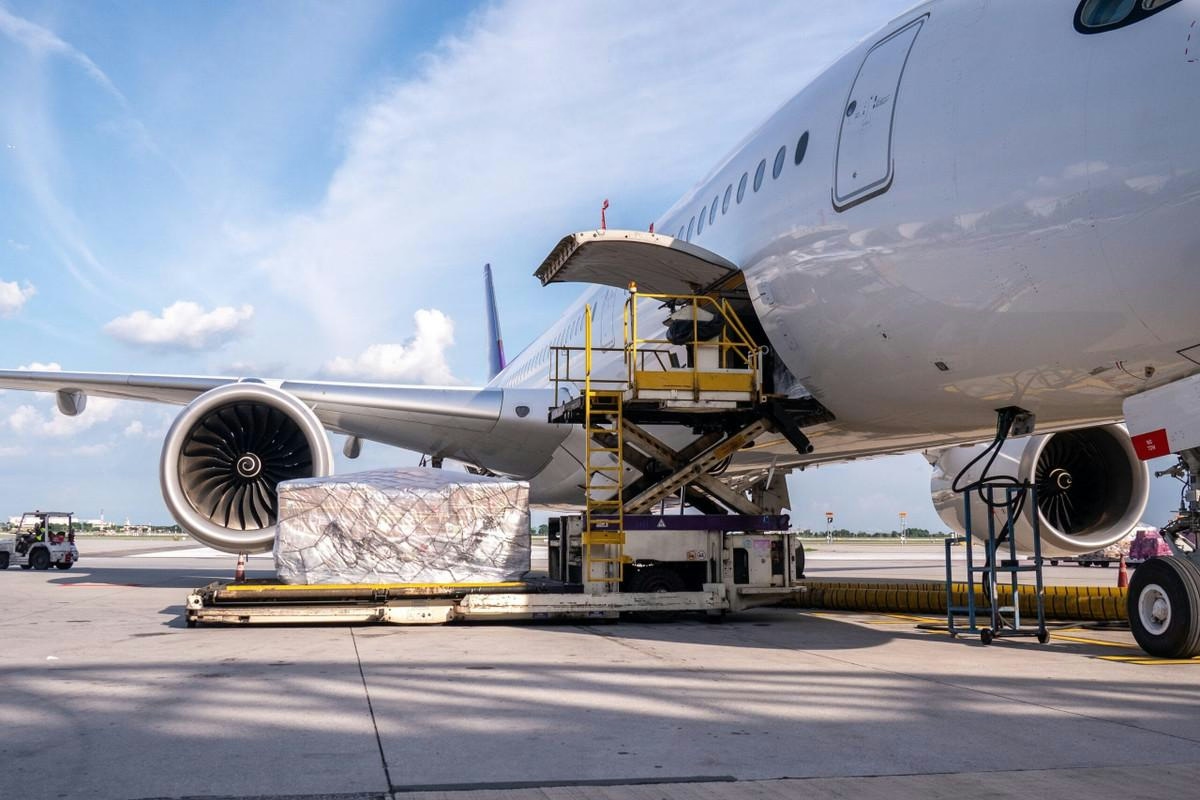
Nigus and AXISCADES to Develop Nigeria’s First Major Aviation MRO Hub
